My professional and personal experience with continuous glucose monitoring.
CGM (continuous glucose monitoring) has been a game changer for people with diabetes trying to get control of their blood sugars. I am a huge fan of it and have used in alot in my clinic work and personal life trying to prevent type 2 diabetes.
Unfortunately, the assumption has been that only people who are on diabetes medications, especially insulin, are the only ones that need sensors.
I believe that CGM should be an affordable option for ALL people with diabetes AND prediabetes!
Why?
Because if we are trying to save health care costs, then CGM can be a key tool for making changes in eating and activity habits. These habits have a big impact on diabetes. CGM can be much more effective than finger sticks or even A1c tests.
Blood sugar fingerstick checks are like turning on a good movie but you only get to see 3 five-minute clips during the entire 2 hours. Do you really get a good understanding of what is going on?
It’s the same with finger sticks. You see what your blood sugar is at that moment, but you don’t know where it has been or the direction it is going. You don’t really get the complete picture.
An A1c is only an average. You get no information on any day-to-day fluctuations related to food, activity, and medicine. And you can only get it checked every 3 months. It is useful for the big picture, but it does not help the person with diabetes make changes in daily habits.
With a sensor you get to see the entire picture – a 24-hour graph that tells you how your body controls your sugar when you are sleeping and not eating, how high it goes after meals, and how exercise affects your sugar. And that information is immediate so you can connect the graph trend to what or how much you just ate or how activity affected your sugar level.
Beyond that these devices do so much more in terms of quality of life for people with diabetes and can be really motivating for eating healthier and getting more active!
How does it work?
- You insert your own sensor on the back of the upper arm or belly, depending on which brand you are using. A very soft wire-like sensor sits under the skin and measures the sugar in the fluid, not in the blood vessel. No needle stays in your skin and nothing is permanent. When it stops reading after 7, 10 or 14 days you peel in off like a band aid.
- All sensors come with an inserter that is easy to use. The whole process takes about 5 minutes and you feel very little. In fact, you will forget it is there after a few minutes.
- Your sugar readings are scanned or sent directly to your phone app or a reader/receiver.
Where can I learn more?
The company websites are a good place to start. There are 3 main companies right now. You have probably seen their ads already.
- Freestyle Libre 14 day or Libre2 https://www.freestyle.abbott/us-en/home.html
- Dexcom G6 http://dexcom.com
- Medtronic Guardian Connect https://www.medtronicdiabetes.com/products/guardian-connect-continuous-glucose-monitoring-system
How do I get one and how much does it cost?
- You need a prescription from your doctor.
- Cost varies depending on if you have insurance coverage. If you have to pay out of pocket, my experience is that the Libre sensors are more affordable, in the ballpark of $50-$150 depending on where you get them and if there are coupons or discounts available.
If you are considering getting CGM, my advice is to do your research or talk with a diabetes educator before you purchase. There are differences between the products, and you want to choose the one that is right for you.
Once you have one you need to know some basic information including:
- Sensor number and meter number differences
- Follow exact instructions for setting up and inserting – watch video first if you are doing it yourself!
- Using skin tac is helpful to keep it from coming off.
- Some have alarms, some do not.
- Customer service within the companies is helpful. Call them if you have trouble.
Sharing my personal experience with CGM
Lastly, I thought it would be helpful to show some examples of my own experience using CGM with prediabetes.
I have the Libre2 now and have used the Libre 14 day previously. The main difference is that the Libre 2 has alarms, and the 14 day does not. I don’t need the alarms and they were annoying me, so I turned them off. However, if someone is on medication that could drop their blood sugar too low, they should use the alarms.
Here are a few examples of my own experience learning how food and activity affect my blood sugar. I am giving you examples of some good results and some not so good results, but most importantly I learned from both.
Note that I have my target range (the blue shaded area) set at 70-140 because my goal with prediabetes is to stay in that normal range as much time as possible.
Example 1: New Year’s Day and off to a good start. In target most of the day!
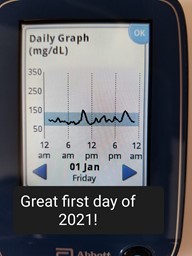
Example 2: Arrow tells me I am heading towards low. This is the effect of 30 minutes on treadmill! I did level off before getting low. Not sure what I ate before that to make it high, but the exercise made it come back down faster than if I had just been sitting.
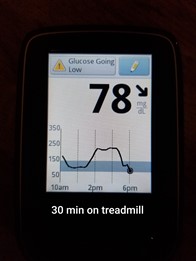
Example 3: Notice it is high and staying high. This is the effect of too many snack carbs, feeling sore and stressed and no exercise.
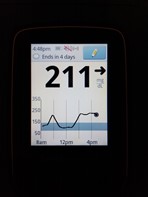
I hope this review has been helpful. Please feel free to share your comments or questions regarding CGM by contacting me!

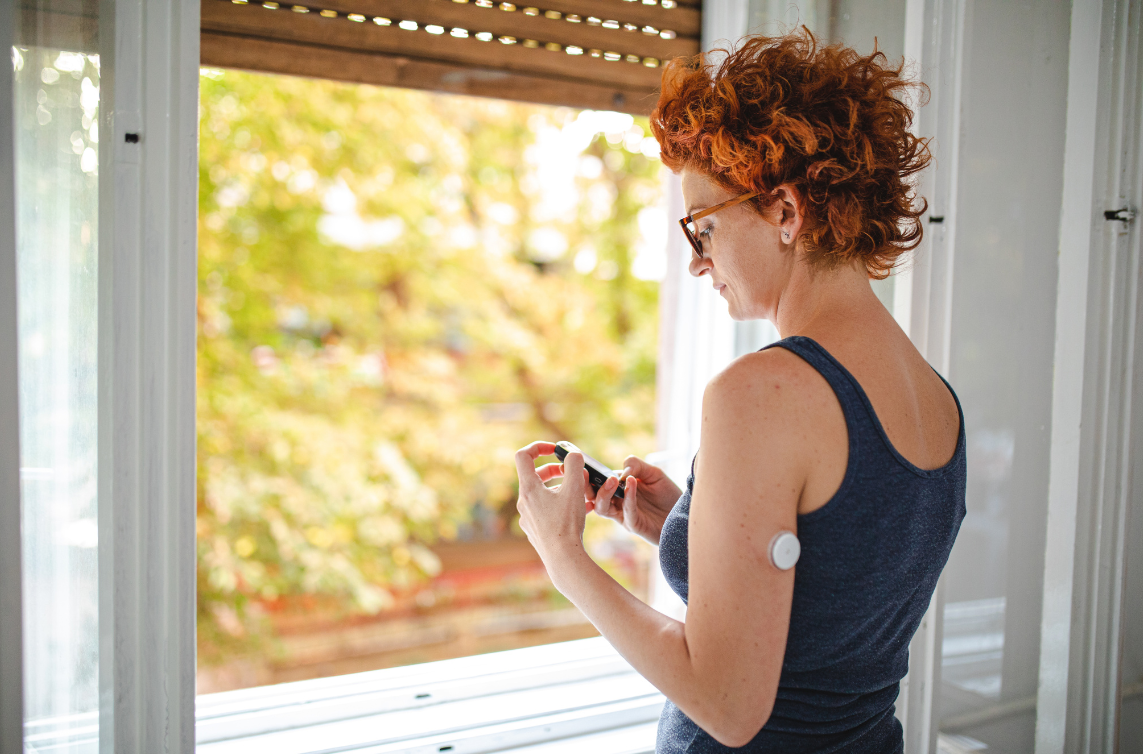


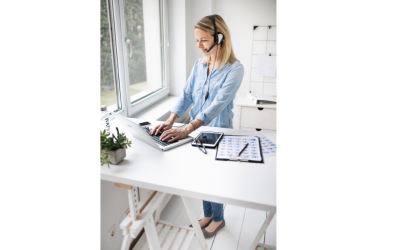


0 Comments